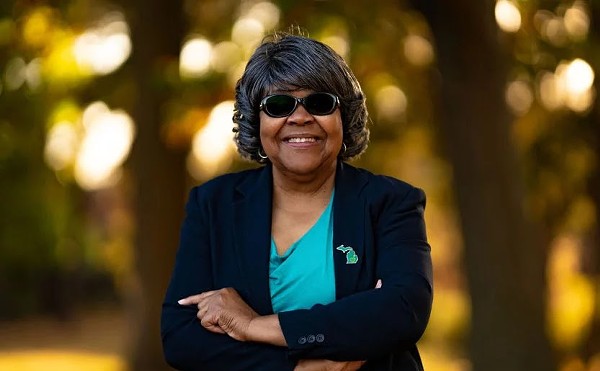Midway through August, community organizer Nayyirah Shariff stood in the basement of a Flint church, surrounded by cardboard boxes filled with 300 water-sampling kits shipped to the city by researchers at Virginia Tech University, and vowed to figure out what was plaguing her city's water supply.
"We're going to get these test kits out to the community, and we're going to find out the truth about what's in our water," said Shariff, punctuating her remark with a high-beam smile.
It was a hopeful moment and a pivotal one, important in ways that could not have been imagined on that day six months ago.
A grassroots effort by members of the Coalition for Clean Water to conduct an independent, scientifically valid study of Flint water, the tests were key to uncovering the extent of the water crisis. The testing — which revealed that water from the corrosive Flint River had leached lead from the city's aging pipes into the Flint water supply — also eventually helped push Gov. Rick Snyder to release Flint in October from an order requiring the city to use the river as its municipal water source.
Despite the city's return to the Detroit water system, however, Flint residents' long and hard slog back toward safe drinking water isn't over yet.
Recent tests have shown water lead levels in hundreds of homes exceed the federal action level of 15 parts per billion (ppb). One home had a lead level of 10,000 ppb; water is considered hazardous waste if its lead content hits 5,000 ppb.
Meanwhile, the fallout from the crisis is adding to the city's woes.






